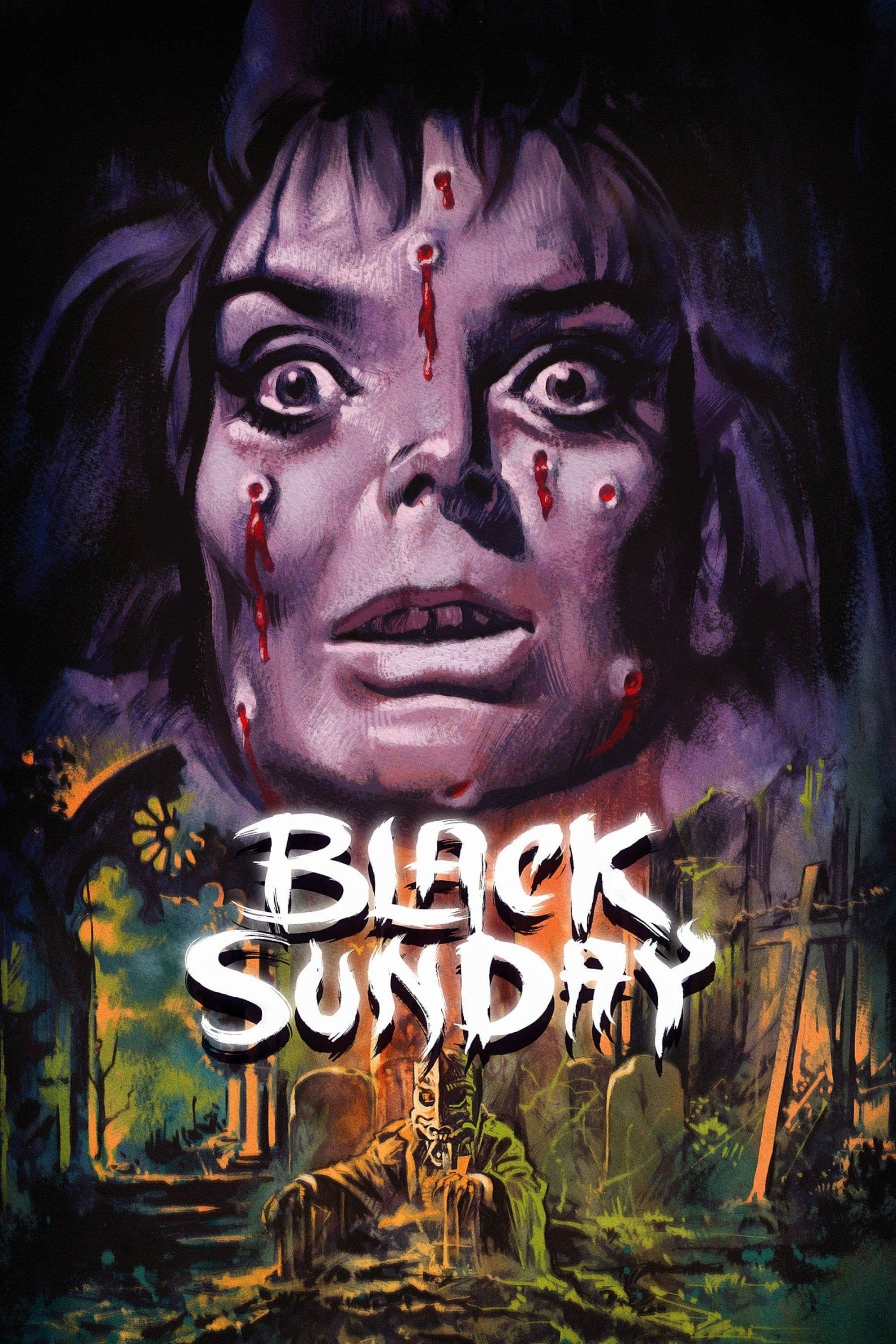
Black Sunday
1960
Rate this movie
Average: 0.00 / 5
(0 votes)
Director
A film directed with a masterful sense of tension, this one by Bava, an Italian director who truly garnered, both critically and publicly, far less than he deserved. His career, often begun behind the camera as a cinematographer and master of special effects, allowed him to develop a unique and almost painterly vision of cinema, a capacity to create unsettling worlds with limited resources but boundless inventiveness. Bava, in effect, was a true architect of the Gothic imagination, a craftsman of chills who elevated the genre to an art form, anticipating trends and stylistic solutions that would be copied and celebrated by generations of subsequent filmmakers. Despite his visual genius and profound influence, mainstream recognition often came late, or never fully, with his work long confined to the domain of specialized critics and cinephile cults.
A spectral, Gothic black and white, imbued with impalpable atmospheres, frames a story that draws inspiration from a short story by the great Gogol, “The Viy,” but which Bava transforms and distills into a quintessence of Baroque terror. It is not a mere adaptation, but rather a profoundly personal reinterpretation, where the Slavic legend bends to a visual aesthetic that recalls the masters of German Expressionism, from Murnau to Lang, for its chiaroscuro dramatics, but also Caravaggesque painting for its use of light and shadow in delineating figures and volumes, emphasizing the grotesque and the sublime. Every shot is a painting, an exercise in composition that exploits monochrome to create depth, mystery, and a tangible sense of oppressive beauty, where fog becomes a character and darkness conceals ineffable horrors.
The story is that of the awakening of a terrible witch, Asa Vajda (played by an iconic Barbara Steele, muse of Gothic horror and archetype of the scream queen), through the unwitting actions of a university professor on a work trip. Asa, returned from the grave, will descend upon the world with the fury of a Fury, not only to avenge her unjust condemnation of two centuries prior, but to restore a reign of ancestral horror. Her plan is ruthlessly conceived to subvert the natural order, by seducing and corrupting the descendants of those who condemned her, particularly the young Katia, also played by Barbara Steele in a dual performance that explores themes of the doppelgänger, fragmented identity, and the perverse attraction between innocent beauty and ancient monstrosity. The film thus delves into the darkest folds of the human soul, exploring the cyclical nature of evil, the morbid fascination with the unknown, and the thin line separating desire from damnation, the past from a present unable to break free from its cursed yoke.
Probably one of the most beautiful horror scenes ever filmed is the opening one, three minutes of wonderful Gothic enchantment, a true auteur's prologue that lays the groundwork for the entire narrative. With stunning stylistic mastery, Bava immerses us in the torment of Asa, bound to her execution stake, as she listens to the reasons for her condemnation in an atmosphere heavy with omens. Her reaction is not one of submission, but of a primordial fury that translates into a curse hurled with shamanic violence at her brother presiding over the tribunal. And then, the moment that etches the film into memory: the executioner nails the Mask of the Demon to her face. Bava does not hold back on visual sadism, lingering on a slow and agonizing close-up of the sharp spikes approaching, and then sinking into the flesh of the eye socket, penetrating the eyes with a brutality unheard of for the time. The metallic sound of the mask being hammered in is a punch to the gut, a physical and psychological horror that not only defines the cruelty of the execution but also seals the witch's destiny of vengeance, transforming the mask itself into a tangible symbol of evil and trauma, a face of death that will return to torment the living. This sequence, for its audacity and formal perfection, is an unparalleled peak in horror cinema, a masterful lesson on how to build fear through image and editing.
A cornerstone of horror, not just Italian, but of all time, this film redefined the genre, demonstrating that the deepest terror can emerge from refined aesthetics rather than from the mere exhibition of splatter. Its influence has been pervasive, reverberating through generations of filmmakers, from directors of Hammer Film Productions who admired its ability to create iconic atmospheres and characters, to the masters of Italian giallo like Dario Argento and Lucio Fulci, who drew from Bava lessons on the suggestive power of color (even if absent here), light, and stylized violence. Not coincidentally cited by Tarantino as an indispensable archetype, and often mentioned by contemporary directors who recognize its visionary genius, "The Mask of the Demon" is not only a monument to Gothic cinema but a demonstration of how the most sinister beauty can also be the most captivating. It is a sensory experience that transcends simple narration, immersing the viewer in a lucid nightmare from which it is difficult to escape. A film that should be watched with all the lights on and a good dose of optimism for the future, because its ability to insinuate itself into ancestral fears is, even today, extraordinarily powerful.
Genres
Country
Gallery
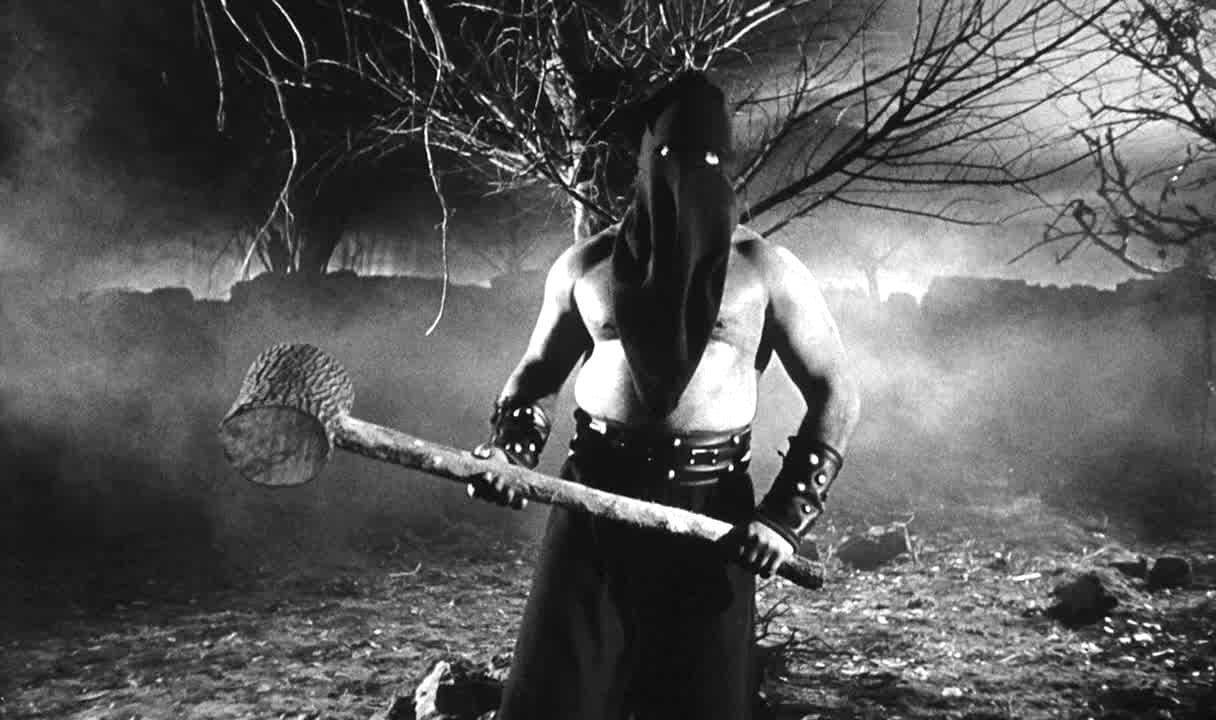

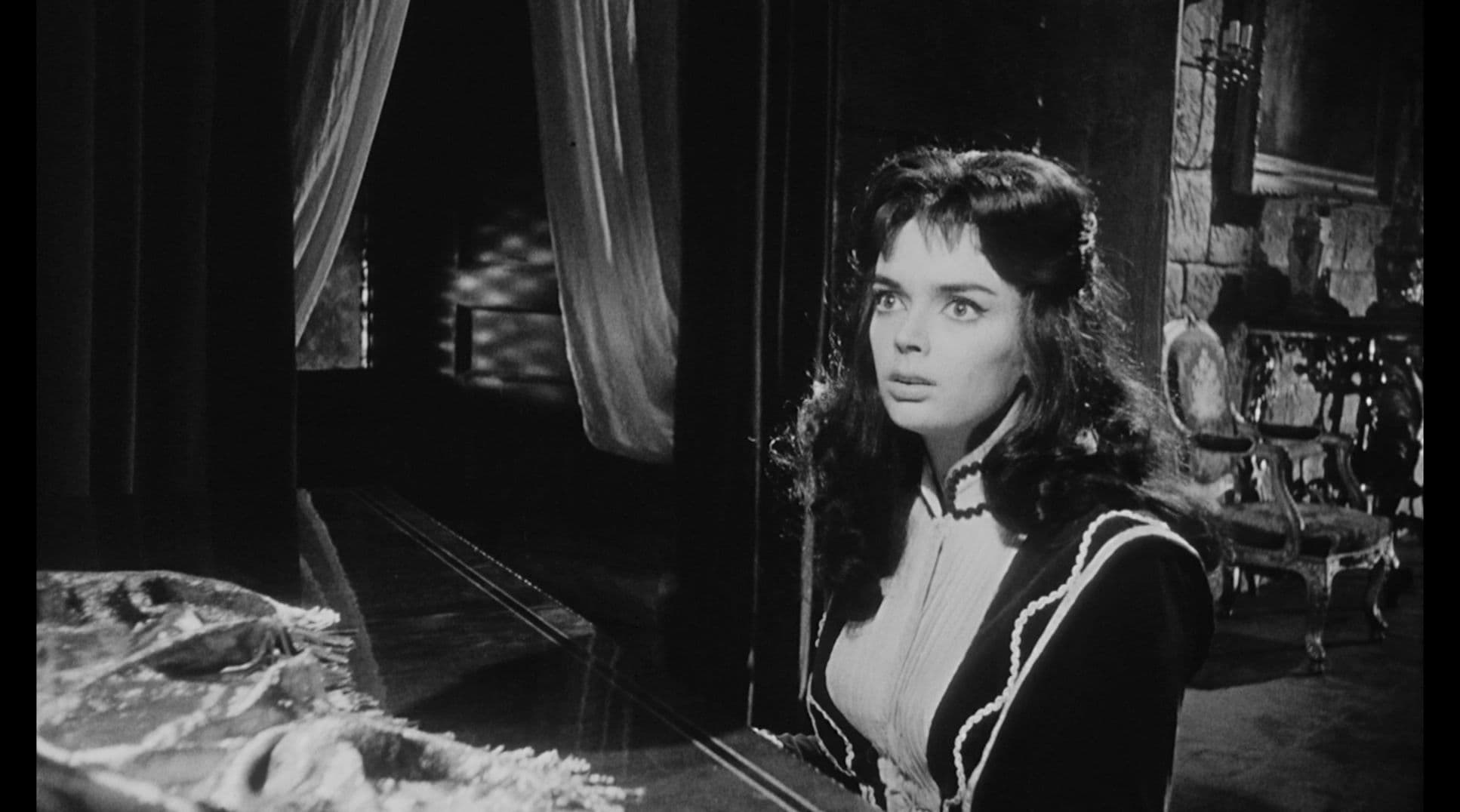
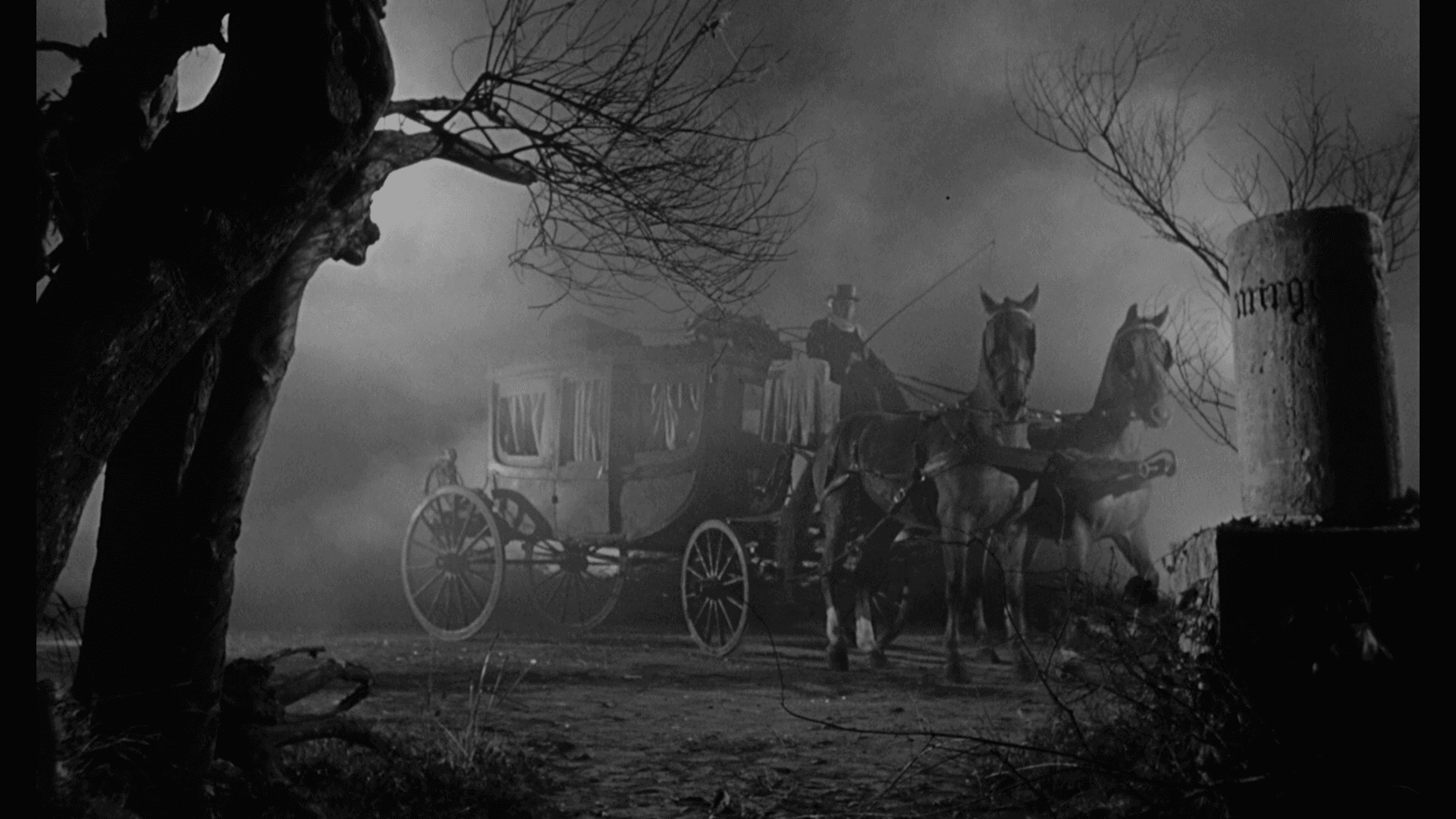
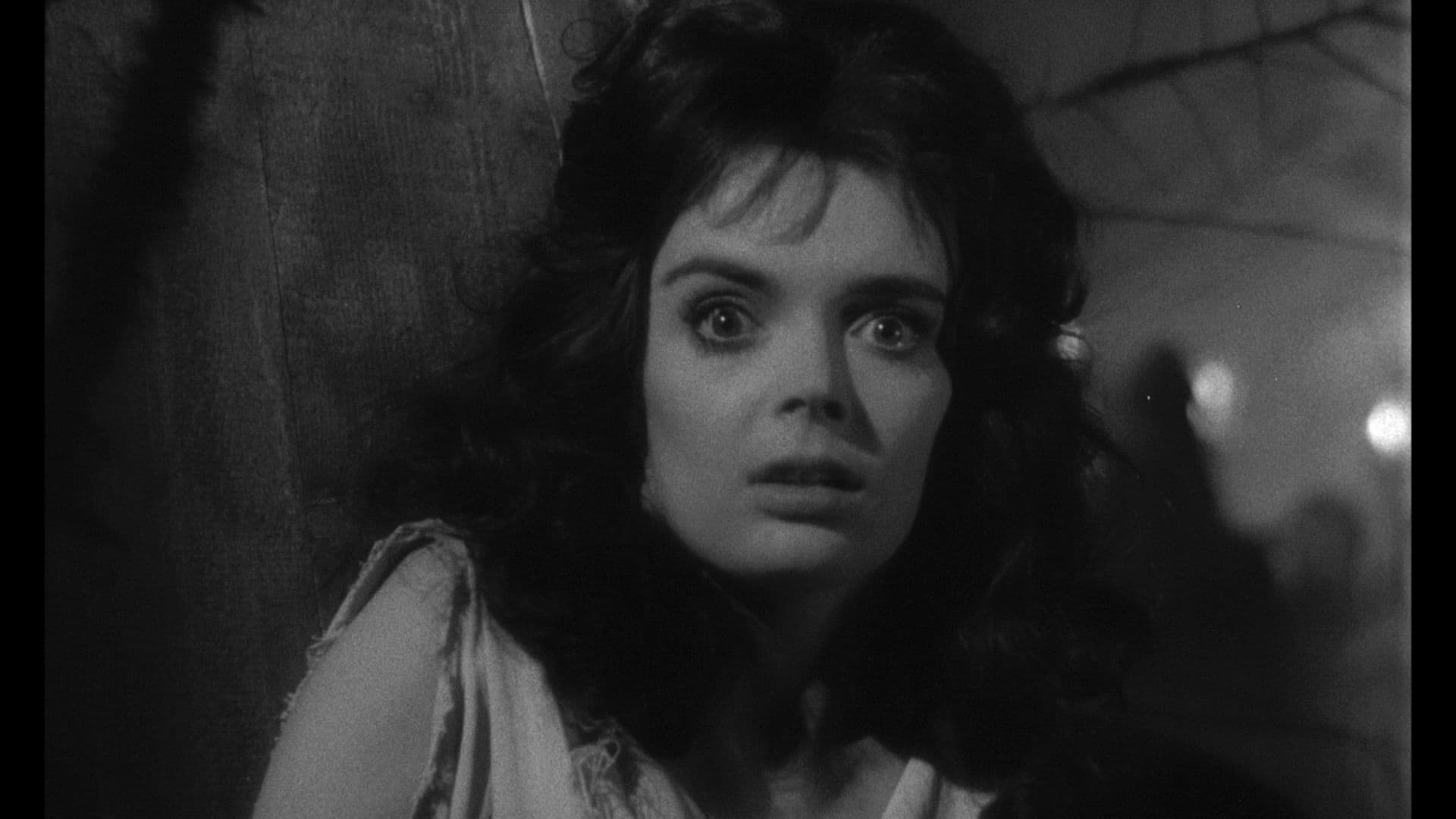
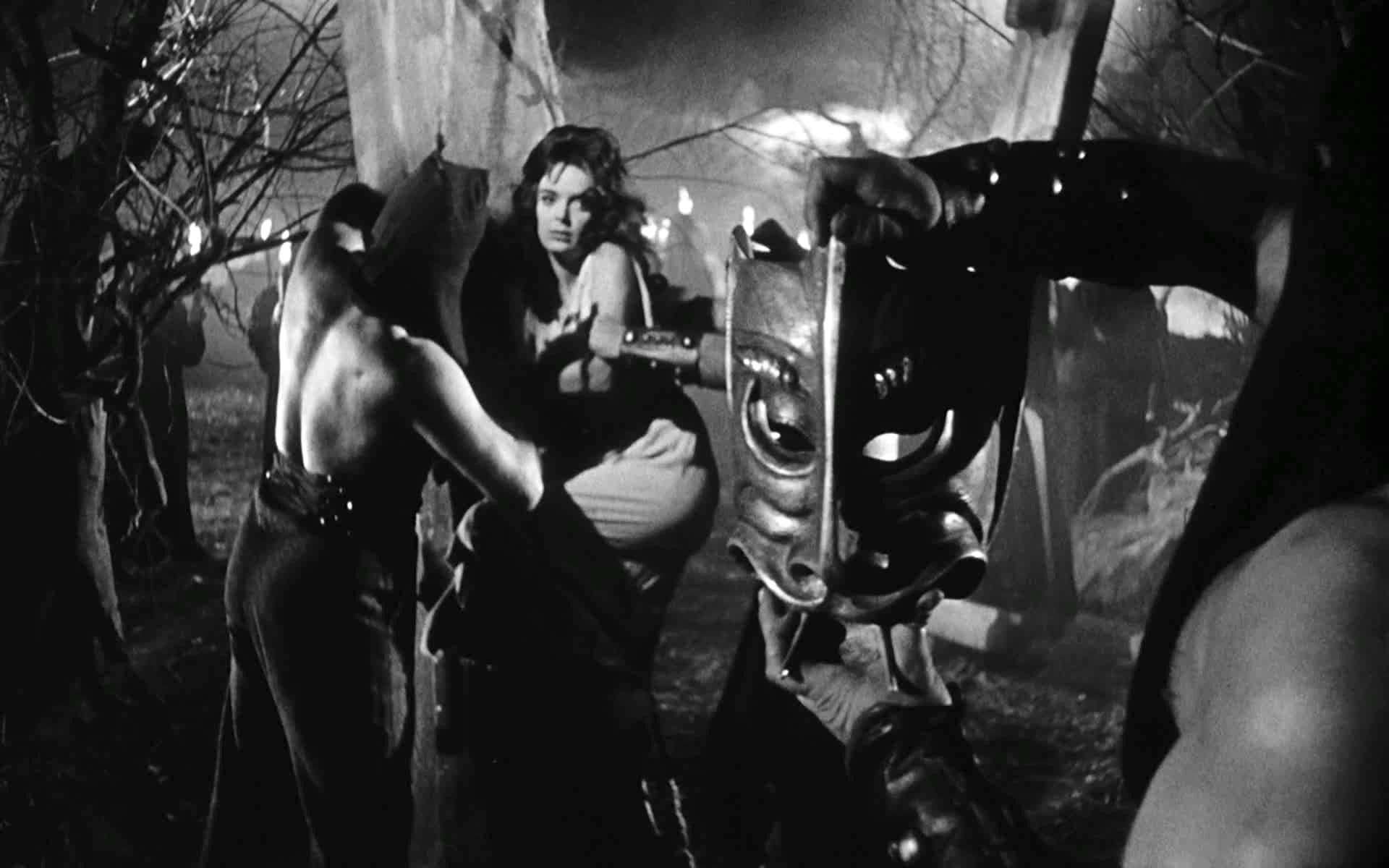
Comments
Loading comments...